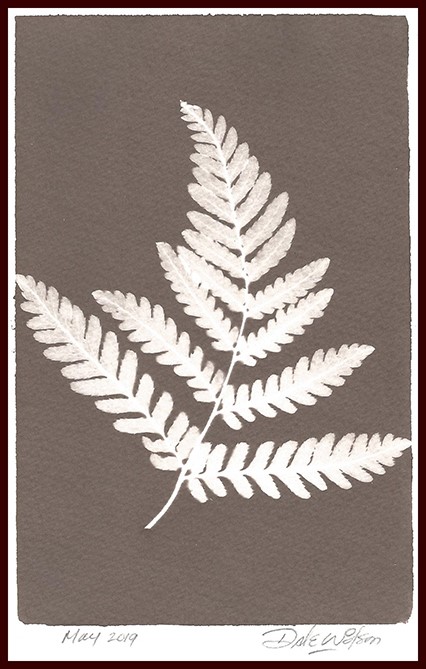On This Day – 180 years since First Known Photograph made in North America produced in Halifax

Dale Wilson has been a professional commercial and editorial photographer for more than 30 years, and a historic photography process volunteer at Dartmouth Heritage Museum. He is the only known photographer in Atlantic Canada making glass negatives and salted silver prints using traditional mid-19th century processes and techniques. The following article was researched and written by him.
On January 7, 1839[1], the physicist François Arago delivered a presentation to the members of the French Académie des Sciences announcing the celebrated French theatre designer and inventor Louis-Jacques-Mandé Daguerre had produced images using the camera obscura and the chemical interaction of sunlight on a copper plate. As a result the daguerreotype is widely heralded as the official birth of photography.
Meanwhile on the opposite side of the English Channel, British gentleman scientist William Henry Fox Talbot presented his own findings to London’s Royal Society – first on January 31st 1939[2], and again on February 21st of 1839. Talbot had first developed an advanced concept of producing images on paper in 1834-35.
Much secrecy surrounded the process which Daguerre was employing to create his paintings with light and it was not until August 19, 1839[3] the French finally released these details to the public. American inventor Samuel Morse (of the same family as Halifax’s Morse Teas) met Daguerre twice in March, 1839, and is said to have championed the process in North America[4] when he returned to New York later that summer. The earliest extant daguerreotype in the United States is an image reported to have been made on October 16, 1839, by Joseph Saxton, of a Philadelphia Central High school[5].
Was the Saxton daguerreotype the first photograph made in North America?

While Arago and Daguerre were engaged in selling Daguerre’s process to the French government, Talbot was engaged in promoting his own photogenic process. British botanist Dr. Golding Bird became aware of Talbot’s process and enthusiastically embraced the pioneers work, so much so he would publish his own paper in the British Magazine of Natural History. Shortly afterwards, this treatise would cross the Atlantic and find its way onto the pages of the Halifax broadsheet, the Colonial Pearl. The article stated:
The new art of Sun Painting – A late number of the Magazine of Natural History contains a very interesting paper by Dr. Golding Bird, a distinguished botanist, on the application of the photogenic art to botanical purposes. We have sadly puzzled ourselves to obtain an intelligible view of the new art of photogenic drawing. The treatise of Dr. Bird is, however, so plain and easy to be understood, that we feel assured our readers will receive much satisfactory information on the subject from the annexed extracts. The new mode of fixing the images of the camera obscura, and copying engravings by means of the chemical action of light on paper. –The Colonial Pearl, Halifax, Friday, May 31, 1839

A fern printed on salted paper using the same “Photogenic Drawing” process as William Henry Fox Talbot developed in 1835-36. Print by Dale Wilson.
A follow-up announcement was made in the next issue of the Colonial Pearl, on Friday, June 7 1839: “We are glad to find that our notice of the new art of sun painting in our last, has excited considerable interest among our readers. One of our friends who read the article has since formed several photogenic pictures with ease and success.” [6]
Unfortunately the photogenic drawings are not known to exist. The most likely reason is a result of Talbot not yet having completed his experiments with information provided to him by his fellow scientist friend, Sir John Herschel. It was Herschel who had discovered 20 years earlier that Hyposulphite (later abridged and to this day simply called hypo) was a suitable solution for “washing out” the active silver on a paper negative or print thus rendering it impervious to the rays of the sun. Herschel did appear frustrated with Talbot through their correspondence about his proposed solution when, on February 12, 1839 he wrote to Talbot “I shall mention no further the process of washing out with the Hyposulfite if you disapprove.”[7]
The reportage in the Colonial Pearl of a photogenic drawing –called Talbotype by many contemporary photographers, also known as the Calotype– having been made in Halifax was reported at least three months prior to the Daguerre process being introduced to the public in Paris on 19 August 1839, and five months before the Saxton daguerreotype was made in Philadelphia. As a result, Halifax could be the earliest location of significance for bringing the photographic process to North America. Today marks the 180th anniversary of the publication in the Colonial Pearl broadsheet.
Footnotes:
